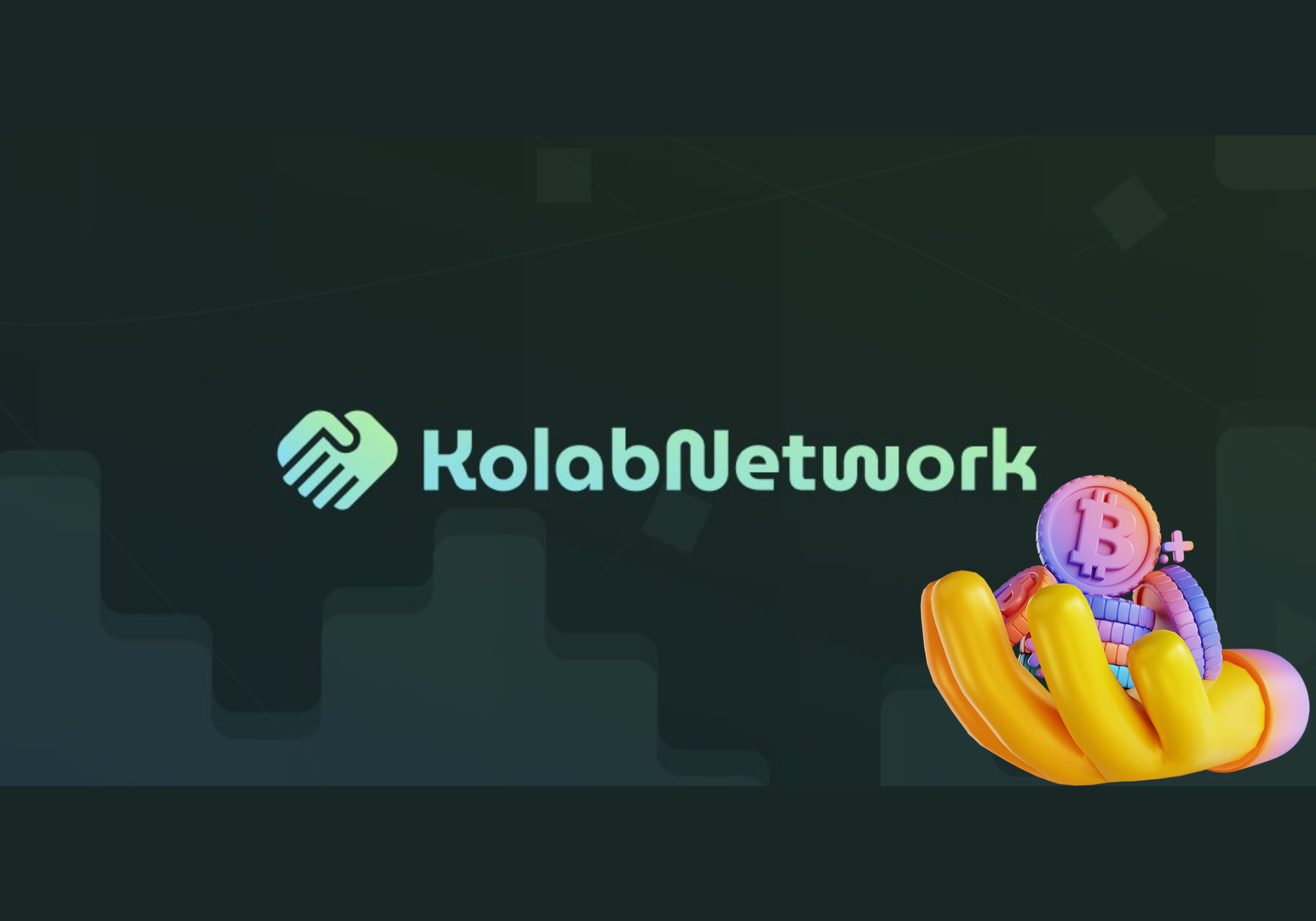Introduction
The cryptocurrency world is a goldmine for investors, but it’s also a playground for scammers. Among the sneakiest traps are rug pulls in cryptocurrency—schemes where developers vanish with your money, leaving you holding worthless tokens. These scams have drained millions from unsuspecting investors, making it vital to learn how to spot and dodge them. In this guide, we’ll break down what rug pulls are, how they work, real examples, and proven tips to protect your crypto investments.

What Are Rug Pulls in Crypto?
A rug pull is a crypto scam where project creators hype up a token, collect funds from investors, and then disappear, leaving behind a useless coin. The term “rug pull” paints a vivid picture: it’s like having the financial ground yanked out from under you. These scams thrive in the decentralized, often unregulated crypto space, preying on those who skip due diligence.
Types of Rug Pulls You Should Know
Liquidity Theft

In this scam, developers pull all liquidity from a decentralized exchange (DEX), like Uniswap or PancakeSwap. Without liquidity, you can’t sell your tokens, and their value crashes to zero. It’s a swift, brutal exit.
Token Dumping
Here, creators pre-mint a huge chunk of tokens for themselves, then flood the market by selling them all at once. This token dump tanks the price, leaving other investors with near-worthless holdings.
Malicious Code or Backdoors
Some rug pulls hide traps in the project’s smart contracts. Secret functions let developers freeze trades or drain funds, locking investors out while they escape with the cash.
Hard Rug Pull
A hard rug pull is a blatant scam from the start. The project has no real purpose—just a shiny façade to trick you into investing before the team vanishes.
Soft Rug Pull
Unlike the hard version, a soft rug pull is sneaky. Developers bleed funds slowly, blaming “development costs” or “market conditions,” until they quietly slip away.

How Do Rug Pulls Work?
Rug pulls follow a predictable playbook designed to hook investors before the big vanish. Here’s the step-by-step breakdown:
- Building Hype: Scammers flood X, Telegram, and Discord with buzz, often paying influencers to pump the project.
- Luring Investors: Promises of “moonshot gains” or “game-changing tech” reel in eager buyers.
- Price Manipulation: Fake demand spikes the token’s value—sometimes through bots or restricted selling.
- The Cash-Out: Developers drain liquidity or dump their tokens, pocketing millions.
- Ghosting: Websites go dark, socials get deleted, and the team disappears without a trace.
Understanding this pattern is your first line of defense against crypto scams.
Real-Life Rug Pull Examples
Squid Game Token (SQUID) – 2021

Inspired by the hit Netflix series, SQUID token soared from $0.01 to over $2,800 in days. Investors rushed in, only to find they couldn’t sell due to a hidden smart contract trick. The developers cashed out $3.38 million and vanished.
Meerkat Finance – 2021
This Binance Smart Chain project raised $31 million in a flash. Hours later, the team claimed a “hack” and disappeared with the funds, leaving investors stunned.
Lunar (LNR) – 2022
Pushed hard by influencers, Lunar promised massive returns. Then, the developers dumped their tokens, crashing the price by 99% overnight.

How to Spot and Avoid Rug Pulls
Red Flags to Watch For
- Anonymous Teams: No real names or LinkedIn profiles? Big red flag.
- Unaudited Contracts: No third-party audit means higher risk.
- Overblown Promises: “Guaranteed 100x returns” screams scam.
- Unlocked Liquidity: Developers can pull funds anytime if liquidity isn’t locked.
- Shady Tokenomics: If the team holds 50%+ of tokens, expect a dump.
- No Utility: A project with no purpose is a ticking time bomb.
Top Tips to Stay Safe
- Dig Into the Team: Verify identities and track records on platforms like LinkedIn.
- Check Audits: Look for audits from firms like CertiK or PeckShield.
- Confirm Liquidity: Tools like Unicrypt show if funds are locked.
- Ignore Hype: Influencers often get paid to shill scams—trust your research.
- Stick to Trusted Platforms: Launchpads like Binance or Polkastarter vet projects.
- Study Token Distribution: Avoid projects where devs hoard tokens.
- Read the Whitepaper: Copy-pasted or vague docs are a bad sign.
The Ripple Effect of Rug Pulls
Rug pulls don’t just hurt your wallet—they shake the entire crypto ecosystem:
- Eroded Trust: High-profile scams make newbies wary of investing.
- Tighter Rules: Regulators step in, which can stifle innovation.
- Stunted Growth: Legit projects struggle to fundraise amid the fallout.
The more we expose these scams, the safer the market becomes for everyone.

Can You Invest in Crypto Safely?
Yes, crypto can be safe—if you play smart. While rug pulls in cryptocurrency grab headlines, plenty of projects like Ethereum or Chainlink deliver real value. The trick? Research and caution.
Smart Investing Tips
- Choose KYC Platforms: Verified teams are less likely to scam.
- Use Escrows: Funds locked until milestones are met reduce risk.
- Engage Communities: Active Discord or Reddit groups signal legitimacy.
- Take Your Time: Scammers hate patient investors—don’t rush.
- Check the Code: Open-source smart contracts build trust.
- Track Updates: Regular dev posts show commitment.

Conclusion
Rug pulls in cryptocurrency have swindled billions, but you don’t have to be a victim. By spotting red flags, researching thoroughly, and sticking to trusted projects, you can navigate the crypto wild west with confidence. Always remember: if it looks too good to be true, it probably is. DYOR—Do Your Own Research—and invest wisely.




